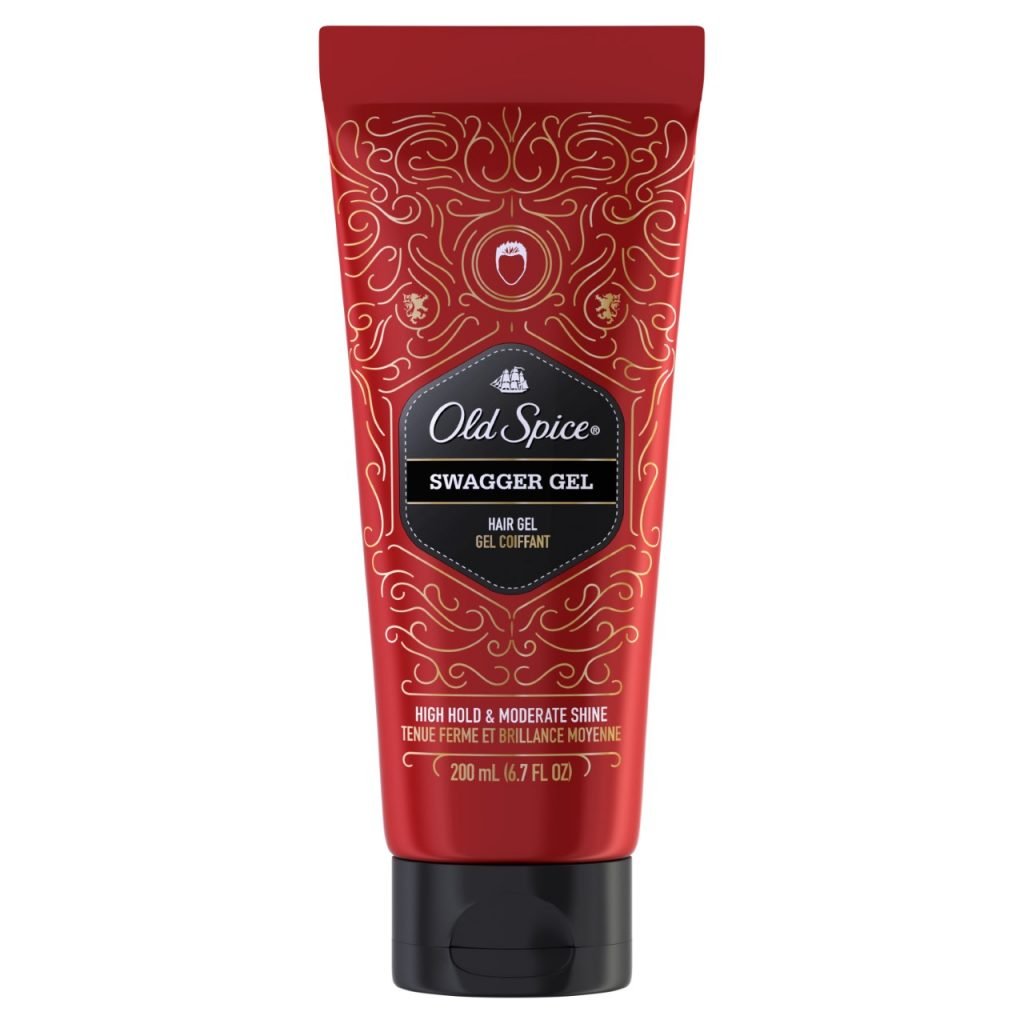
January 15 is National Hat Day. Yes, National Hat Day is a thing. While most of the country will strap on a beanie or Balaclava that serves to retain body heat — screw you, Old Man Winter! — some luckier people in warmer climates can comfortably strap any lid of their choosing without potentially losing an ear to frostbite: baseball cap, beret, boater, flat cap, 10-gallon hat, etc.
That said, whether or not you’re wearing a hat to celebrate the “holiday,” protect yourself from the elements, or cover that totally noticeable bald spot, when your hat inevitably comes off of your head you’ll want to avoid suffering from the embarrassment of “hat hair.” You know, where your hair gets matted down to your head in some areas but appears to mutate and take on a life of its own in most others.
“Many guys wear hats on a daily basis, and hats can also be cleverly used as a styling tool,” says celebrity groomer Benjamin Thigpen, who has worked with Marc Jacobs, Tony Hale, and Josh Duhamel to help shape their manes. “They work great to bring down hair volume, or to help keep Swagger-styled hair in place from home to your destination.”
How To Combat “Hat Hair”
 #1. Use a High-Hold Gel
#1. Use a High-Hold Gel
Apply a small amount of Old Spice Hair’s newest product, Swagger Gel ($7.99), to your fingertips, rub ’em together, and apply it to the hat line. Swagger Gel has the strength to hold things in place and also provides a moderate shine. Nothing too glossy — your head won’t sparkle when the light hits it — but will create a shiny, healthy look.
#2. Keep Your Hair Dry
We understand that National Hat Day celebrations rival Flag Day in terms of wild celebrations, but Thigpen insists that keeping your hair dry and styled before you put the hat on is a must. “If your hair is wet it will flatten and take the hat’s shape,” he says.
#3. Use Water
It’s not like your creating a helmet when you put the gel on. While it’ll help preserve the look you want there will be areas you’ll need to iron out with your fingertips. Start there sans water. If that doesn’t work, use a small amount of water to get things into shape.



